Every so often, certain processes occur within nature that coincide with one another resulting in a coincidental and magnificent creation. All gemstones are the products of similar processes with additional conditions leading to very rare versions of the stones. Within the various different types of ruby, every once in a while, one might be lucky enough to see a star ruby! This stone is a perfect example of a precious gemstone that only came to be after being subjected to immense pressure and drastic temperatures over millions of years along with a set of inclusions that miraculously construct a star-shaped design. This occurrence is so unique and rare that it makes these stones extremely desirable and sought after.
Although admiring a defect in the stone might sound strange, consider that fact that the almost unbelievable array of colors diamonds are found with are actually the result of imperfections in the compound element.
Star Ruby Properties
Rubies are a variety of the mineral corundum, which also constitutes sapphires since they are one and the same save for the red coloring. A ruby is considered a Star Ruby when a three-point or six-point asterism, or star if you will, appears within the stone. This star is created when tiny fibers of rutile, also known as “silk,” have light reflected off of them in such a way that a star shape is formed. Star rubies are cut into cabochons in order to display the rare star design as effectively as possible.
Price of a Star Ruby
Only one in every hundred rough corundum that are mined will have a star-like shape present that is as apparent as the color of the stone. Two in every hundred corundum mined will also have a star, but will either have a poor star shape or a poor stone color. The primary source of rubies in the world, Myanmar (Burma), no longer produces such rubies and so the worldwide supply for quality star rubies is now extremely limited, especially for stones over 5 carats in size. Needless to say, these rare stones are priced accordingly, particularly since most rough rubies are faceted after they are heated instead of being cut into cabochons to showcase their star shapes.
Characteristics of a Star Ruby
A Star Ruby, like all rubies and sapphires, rank 9 on the Mohs scale of hardness right after diamonds, which rank 10. In order to be considered a ruby and not a sapphire, the stone must possess a certain level of redness. However, this is not the case with Star Rubies as they are found in stones that display a variety of hues including purple, brown, and pink. In fact, Pink Star Rubies are known to have the best stars. All rubies have inclusions; it’s part of what makes a ruby a ruby. Therefore, Star Rubies and all rubies vary from semi-transparent to opaque. The star should appear vividly and with a silver or white color. In order to analyze the star, one should hold it up to sunlight and see if all the prongs are straight and equivalent. Generally, rubies weigh between 1 and 15 carats with the heavier stones costing quite a bundle. Rubies are mined from Myanmar (Burma), Africa, India, Sri Lanka, Vietnam, Pakistan, Australia, United States, Cambodia, with Star Rubies mined mainly in Africa and India.
Nature has provided us with a wide range of specimen that speaks to people of varying tastes and interests. Even a specific mineral such as corundum has many faces that manifest themselves in beautiful hues, such as red rubies, and in extraordinary compositions of inclusions, such as the star phenomenon. A Star Ruby has a very distinct look, and if it’s something that you can appreciate, it could be the perfect addition to your gemstone collection.
Have a look at Leibish’s Ruby Jewelry collection, and let us know what you like best!
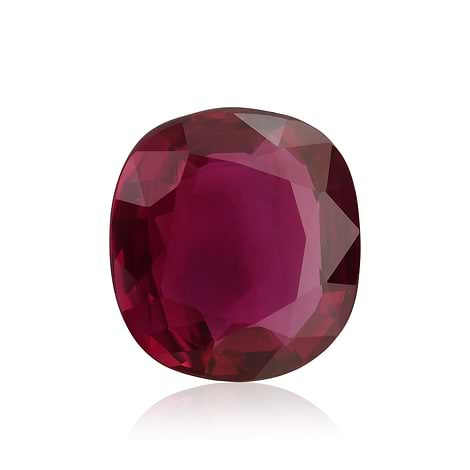
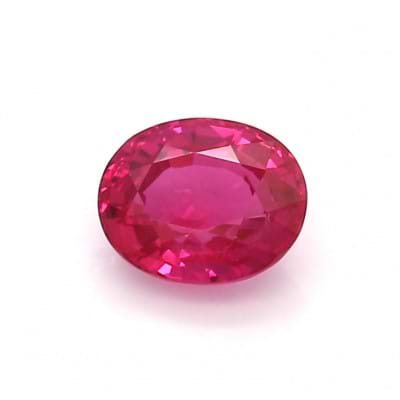
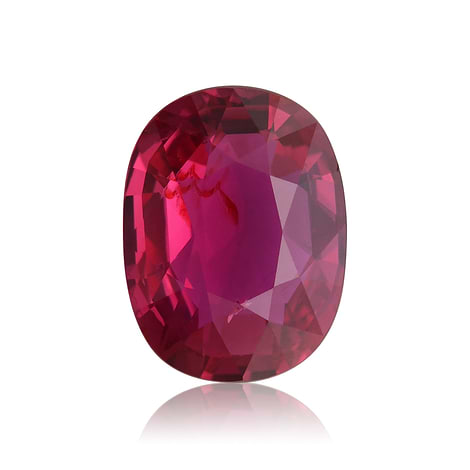
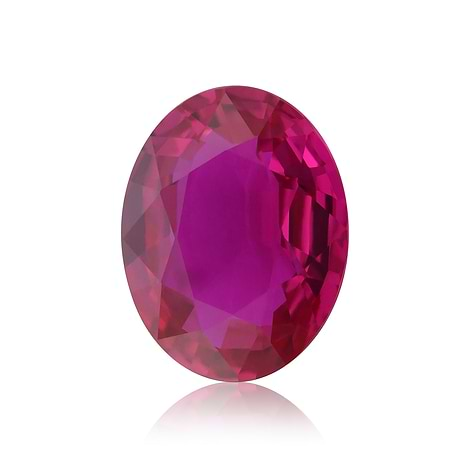
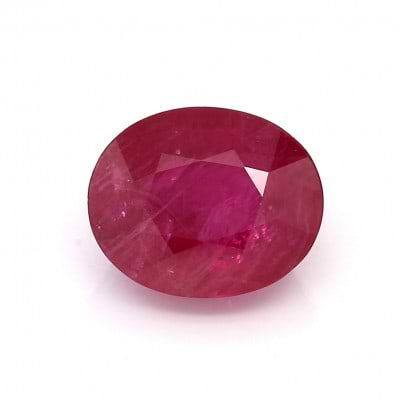
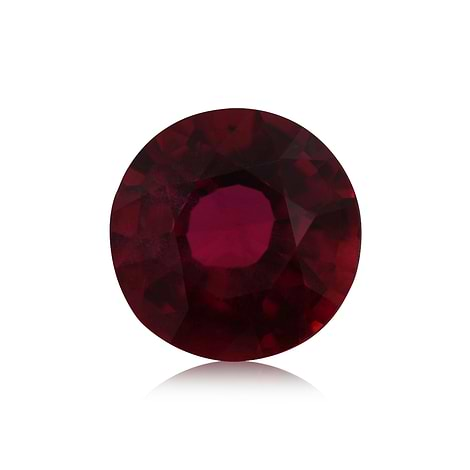
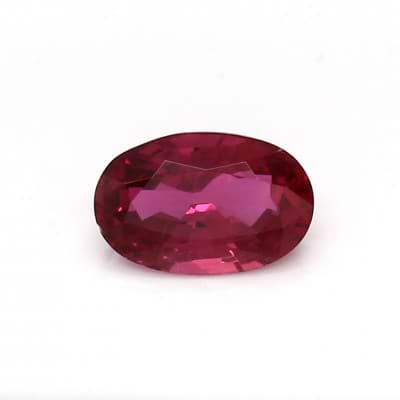

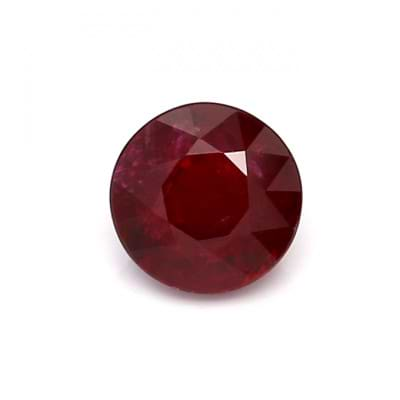
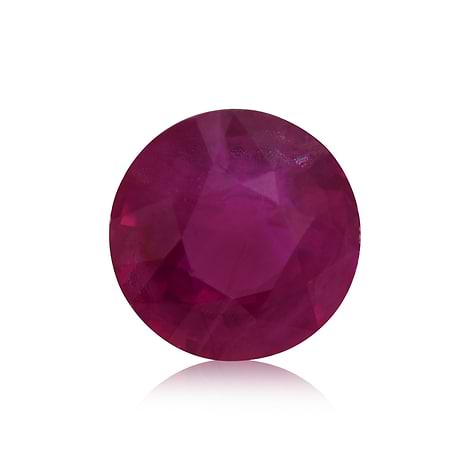
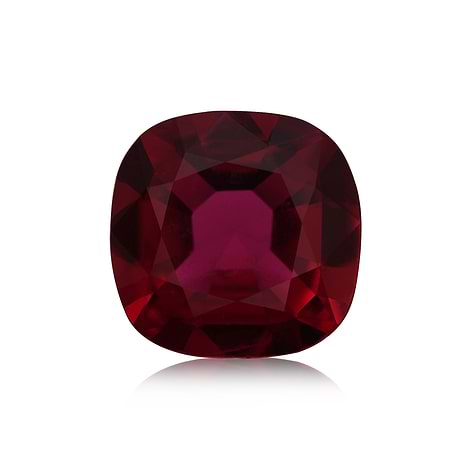
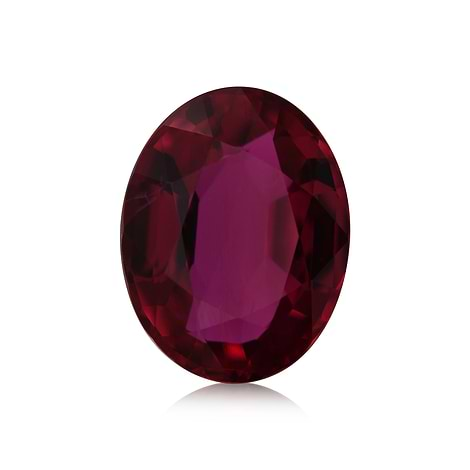
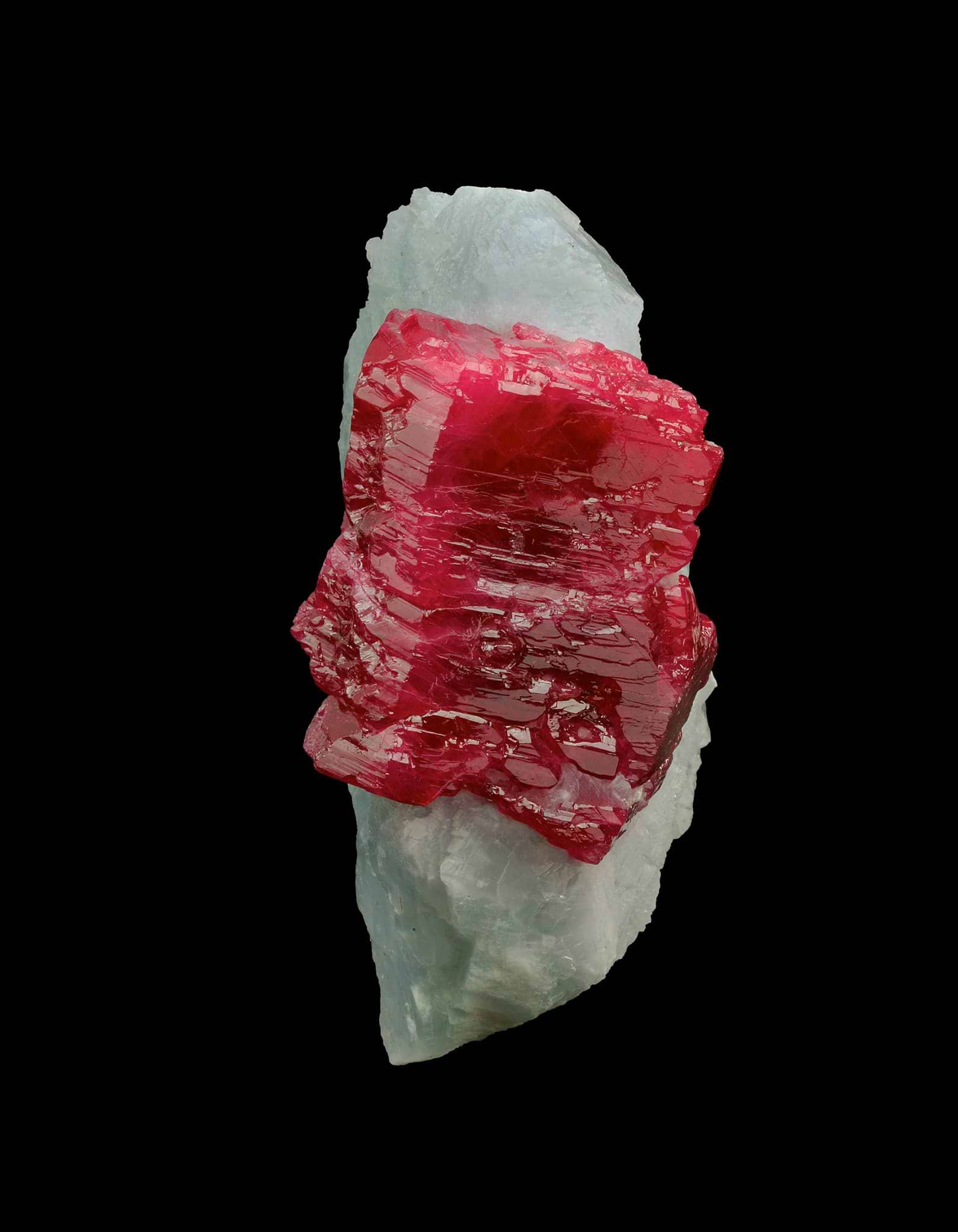
.png)
